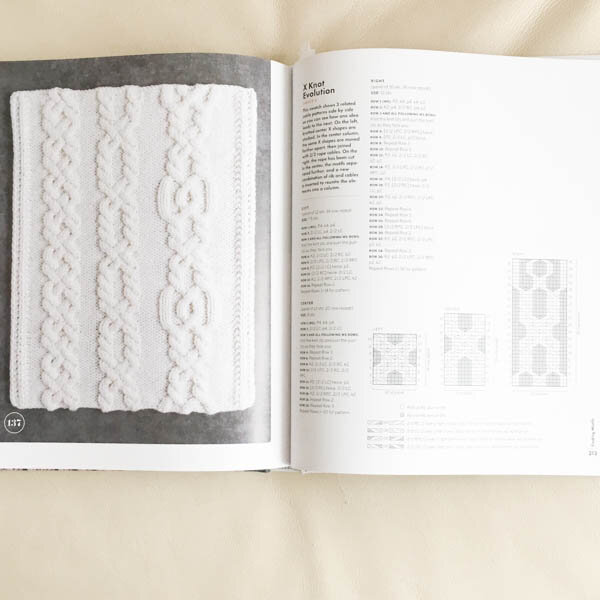Review: Norah Gaughan's Knitted Cable Sourcebook
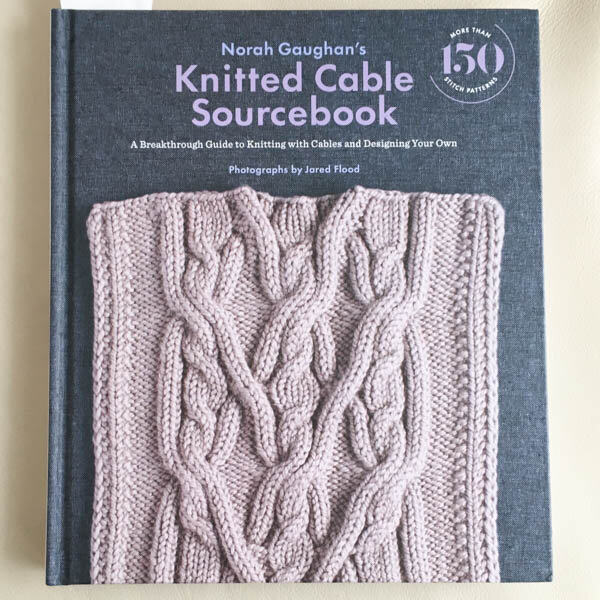 The weekend before last was the annual Sheep and Wool festival in Rhinebeck, NY. Julie Asselin, Hannah Thiessen, Norah Gaughan and I shared a house (along with Julie’s husband Jean-Francois, Hannah’s mother Gail and my husband Marcel). While there, Norah gave me a copy of her newly released book, ‘Norah Gaughan’s Knitted Cable Sourcebook’. I had gotten a peek last year in Oregon (Jared is responsible for the beautiful photography), and I do not exaggerate when I say that I was very much looking forward to owning a physical copy.
The weekend before last was the annual Sheep and Wool festival in Rhinebeck, NY. Julie Asselin, Hannah Thiessen, Norah Gaughan and I shared a house (along with Julie’s husband Jean-Francois, Hannah’s mother Gail and my husband Marcel). While there, Norah gave me a copy of her newly released book, ‘Norah Gaughan’s Knitted Cable Sourcebook’. I had gotten a peek last year in Oregon (Jared is responsible for the beautiful photography), and I do not exaggerate when I say that I was very much looking forward to owning a physical copy.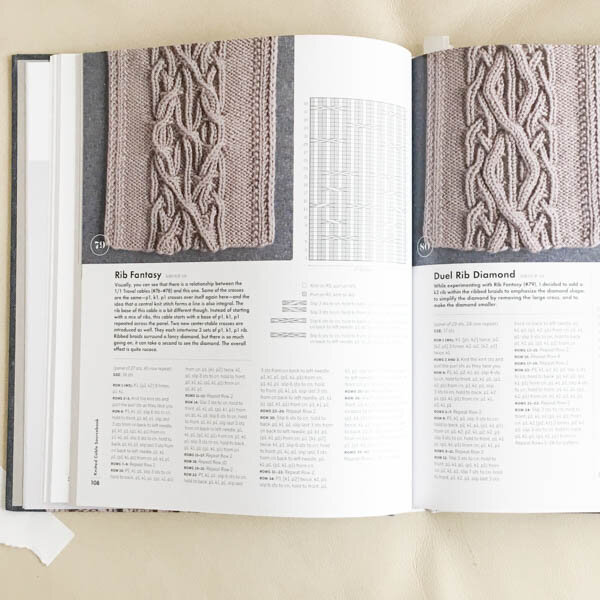 Norah’s book is not only a stitch dictionary and pattern book, but also a celebration of knitting as a craft. I first read about Norah back in 2000, after having stumbled upon Melanie Falick’s ‘Knitting in America’. At that time, I was a new knitter and unaware of this craft’s rich history. Melanie’s book introduced me to a new, fascinating wold and incredibly talented designers such as Norah (Melanie was also Norah’s editor for this book).The profound effect I felt when I encountered ‘Knitting in America’ has not been replicated often, even if many other books have been acquired since. Sadly, fewer and fewer books have been published recently which I’ve found inspiring.‘Knitted cable Sourcebook’ changes all that. Finally, a book which combines technique and inspiration in a way which raises the bar for both knitters and designers.The collection of 152 stitch patterns in this book is unique in that the majority of them were designed by Norah, and many are making their first appearance in print. The patterns represented are gorgeous and follow a natural progression. Garment and accessory patterns are also included, and these alone are worth the price of the book.
Norah’s book is not only a stitch dictionary and pattern book, but also a celebration of knitting as a craft. I first read about Norah back in 2000, after having stumbled upon Melanie Falick’s ‘Knitting in America’. At that time, I was a new knitter and unaware of this craft’s rich history. Melanie’s book introduced me to a new, fascinating wold and incredibly talented designers such as Norah (Melanie was also Norah’s editor for this book).The profound effect I felt when I encountered ‘Knitting in America’ has not been replicated often, even if many other books have been acquired since. Sadly, fewer and fewer books have been published recently which I’ve found inspiring.‘Knitted cable Sourcebook’ changes all that. Finally, a book which combines technique and inspiration in a way which raises the bar for both knitters and designers.The collection of 152 stitch patterns in this book is unique in that the majority of them were designed by Norah, and many are making their first appearance in print. The patterns represented are gorgeous and follow a natural progression. Garment and accessory patterns are also included, and these alone are worth the price of the book.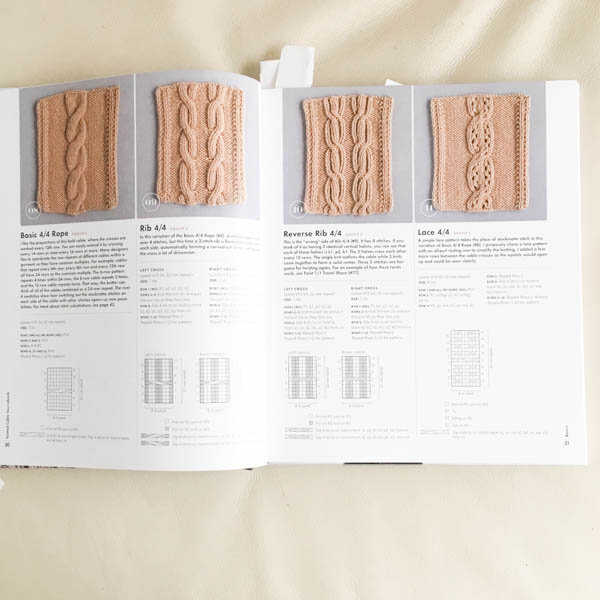
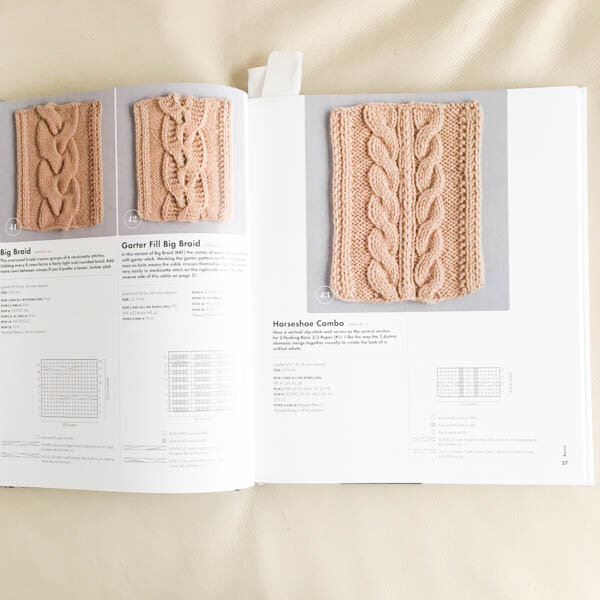 What I find most interesting is how Norah selected and presented the stitch patterns. She begins with basic cables and quickly begins exploring the possibilities by varying the number of stitches, how they are knit and how they are framed. She focuses on this on page 42, but really does so throughout the book - each cable pattern is accompanied by an explanation of how she reached a certain result. As the book progresses, the cable patterns gain breadth and complexity but are always logical in their progression. Many knitters will find these illuminating and inspiring. The legends are also written in an engaging, conversational tone.
What I find most interesting is how Norah selected and presented the stitch patterns. She begins with basic cables and quickly begins exploring the possibilities by varying the number of stitches, how they are knit and how they are framed. She focuses on this on page 42, but really does so throughout the book - each cable pattern is accompanied by an explanation of how she reached a certain result. As the book progresses, the cable patterns gain breadth and complexity but are always logical in their progression. Many knitters will find these illuminating and inspiring. The legends are also written in an engaging, conversational tone.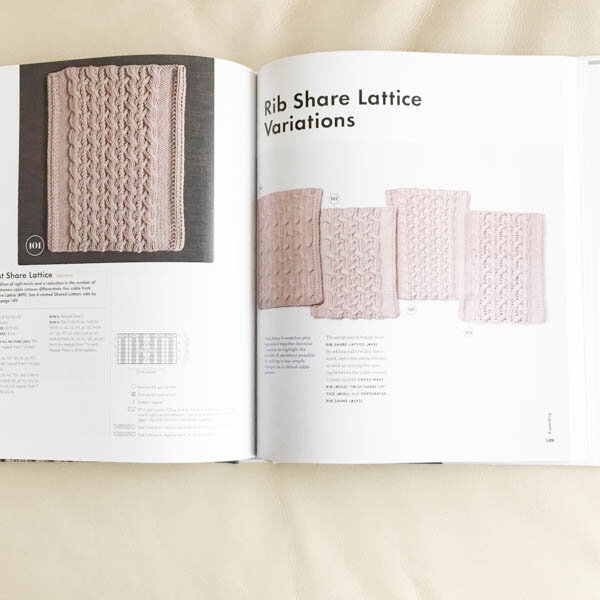 In addition to the commentaries accompanying each pattern, Norah delves into studies for several concepts such as reversibility, yarn choices, traveling cables and mirroring lines, to name a few. Each of these is illustrated with several photographs clearly showing the approach shown.
In addition to the commentaries accompanying each pattern, Norah delves into studies for several concepts such as reversibility, yarn choices, traveling cables and mirroring lines, to name a few. Each of these is illustrated with several photographs clearly showing the approach shown.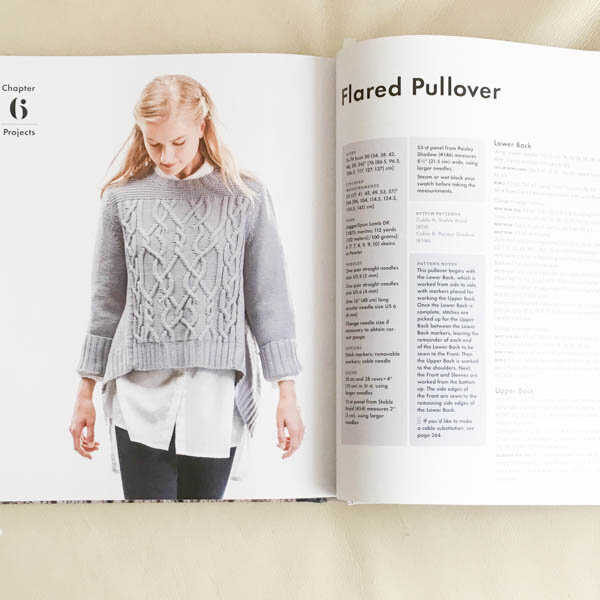 As you would expect from Norah, the garments and accessories are varied and inventive. Knitting techniques are inclusive, with several pieces knit circularly and others flat in a lucid manner. Even better is Norah’s decision to add a stockinette stitch equivalent, dubbed SSE, to each garment: with this, knitters can substitute a cable pattern of their choice in lieu of the one chosen in the book. As many different silhouettes and garment types are included in the book, the options contained within are multiplied many times over.
As you would expect from Norah, the garments and accessories are varied and inventive. Knitting techniques are inclusive, with several pieces knit circularly and others flat in a lucid manner. Even better is Norah’s decision to add a stockinette stitch equivalent, dubbed SSE, to each garment: with this, knitters can substitute a cable pattern of their choice in lieu of the one chosen in the book. As many different silhouettes and garment types are included in the book, the options contained within are multiplied many times over.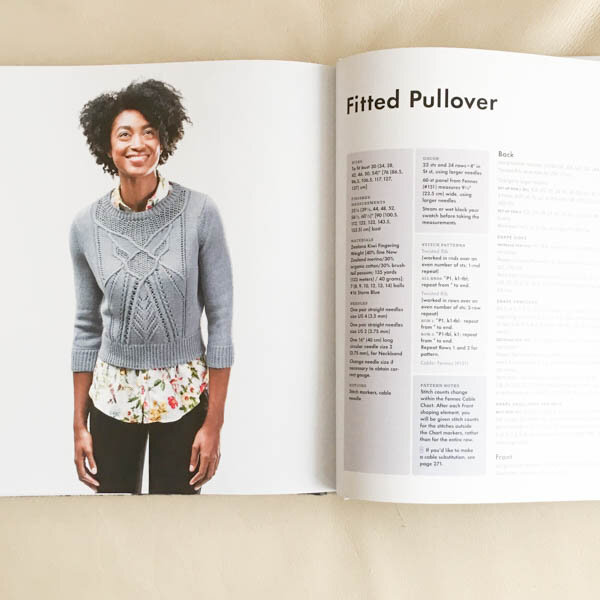 In my opinion, this is a book which belongs in every serious knitter’s library. One look at a copy ought to convince you.
In my opinion, this is a book which belongs in every serious knitter’s library. One look at a copy ought to convince you.